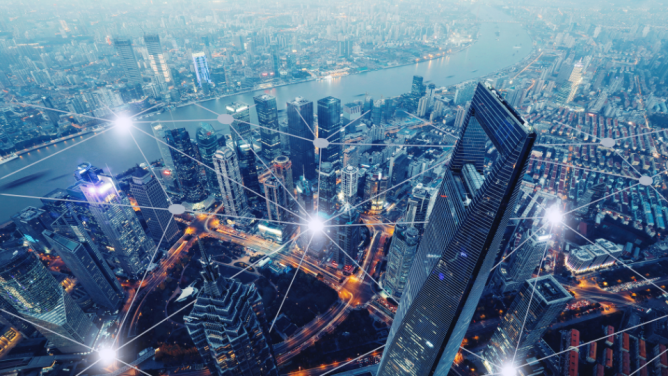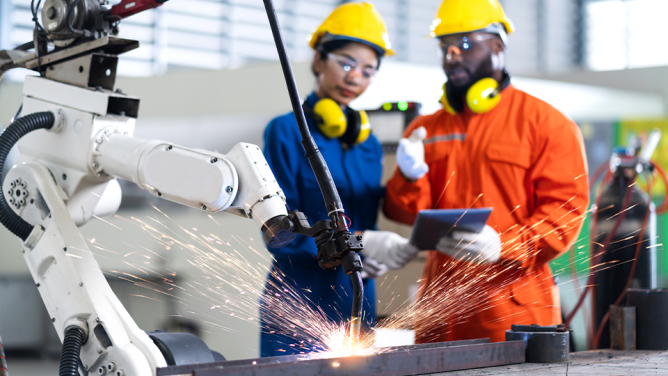Artificial Intelligence: The AI-pocalypse will not take place

Use of AI will continue to develop in new areas, but machines will not take over any time soon. In construction, for example, AI will gain ground, but largely in connection to very specific and compartmentalized tasks. The artificial intelligence of Smartvid.io now has the ability to identify potential dangers on a worksite based on photo and video, while the smart construction equipmentdeveloped by Japanese manufacturer Komatsu can visualize and analyze surroundings in real time via a dedicated onboard processor. These innovations will certainly inspire imitators, but AI is still a far cry from rivaling human intelligence, much less achieving the widely feared “Singularity”, i.e. the emergence of a fully self-aware form of “strong AI”.
Autonomous vehicles: here comes a new giant

Apple will equip the cars of the future, even if it has to make them itself. In the end, the digital titan will make a surprise leap and win the race to build self-driving cars. Recently, the American company revealed some of the AI research it has undertaken and developed internally. One of the most promising advances is VoxelNet technology. The software analyzes three-dimensional datasets using a deep-learning algorithm that autonomously learns how to detect cars, pedestrians and cyclists, enabling vehicles to distinguish between potential obstacles on its path. This innovative driving system will have the critical advantage of adapting to different car models.
Energy: Coal mines convert to renewables
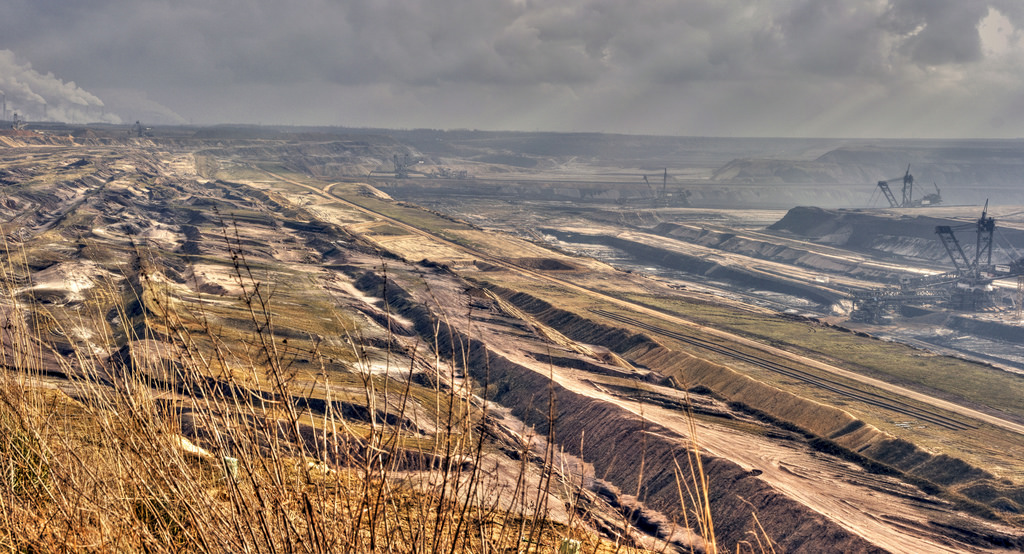
Coal will have a much greener future ahead. Criticized for their poor ecological footprint, coal-fired factories have lost much of their support in recent years. A sign of the global transition towards cleaner energies, operations have ceased at many coal mines, notably in India, raising the question of how to restore and reuse these sites. In China, a flooded mine is now home to a floating solar farm, while in Germany, a decommissioned site may soon morph into a pumped hydroelectric storage facility.
New Space: The space industry opens a new path to orbit

The dawn of a new space industry is upon us. In 2018, the California-based startup FOMS plans to manufacture high-quality optical fibers — on the International Space Station. Thanks to the vacuum conditions of outer space, it may be possible to make optical fibers so rare and hard to produce on Earth that manufacturing them in space could be profitable. In Europe, the United States or even China, space is making a big comeback in policy debates. For example, the European Space Agency has set a goal of establishing a “village” on the Moon by 2030, with a facility on Mars also in the pipes. The dream they are all pursuing: “ISRU”, an acronym that stands for “In Situ Resource Utilization” — such as asteroid mining — which promises to deliver the substantial cost savings needed to launch these missions.
Though space entrepreneurship is still in its infancy, droves of companies and governments have taken a keen interest in its promise, notably in terms of resources. Taken as a whole, all of these projects, notably those aiming to reduce the cost of space travel, foreshadow the birth of what is already known as “New Space”. Before long, this field may include the installation of factoriesequipped with the latest technologies in 3D printing.
Robotization: Cobotics sets foot in the workplace
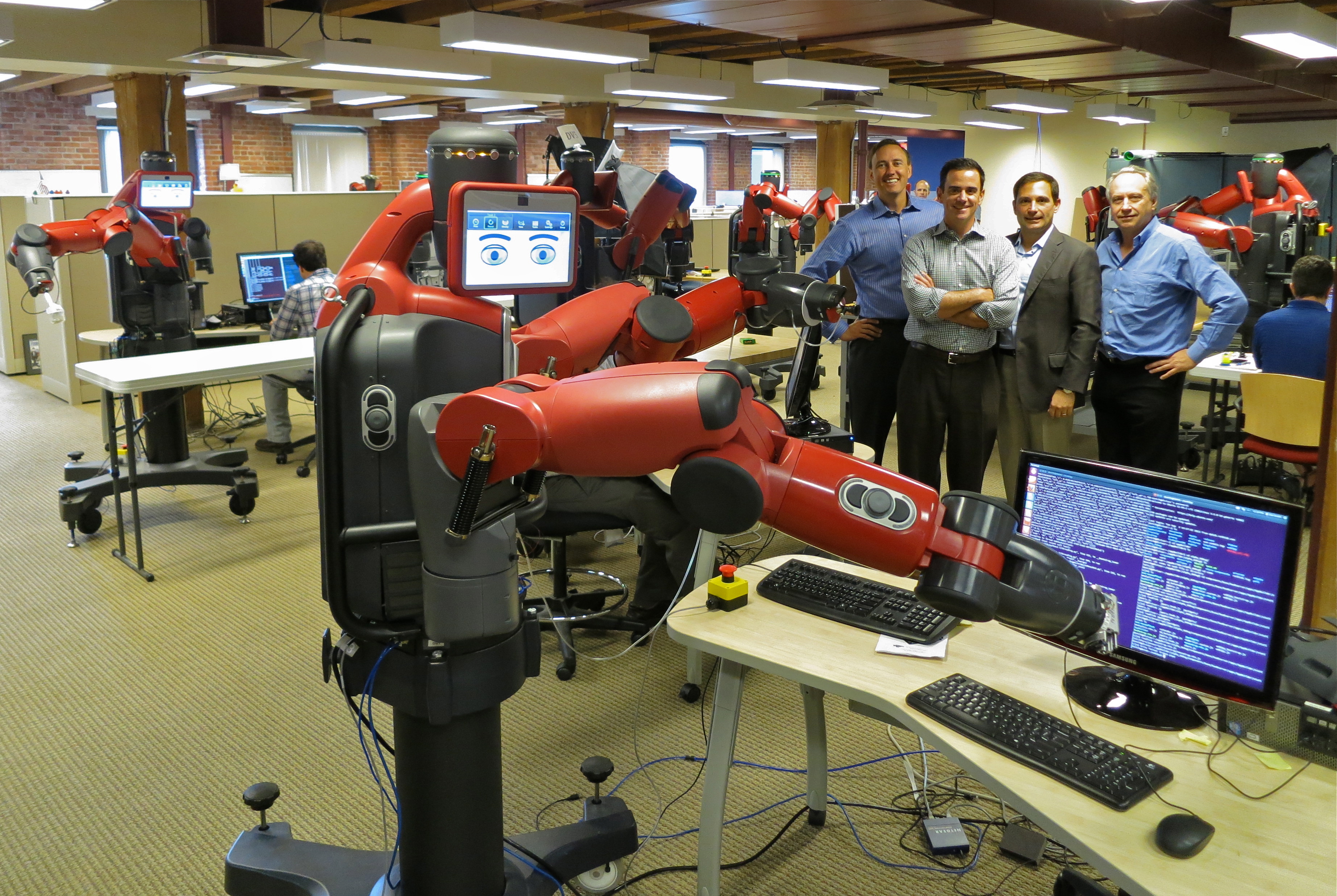
Your new office buddy is a robot. While robots have worked in factories for more than 20 years, the emergence of “collaborative robotics” opens a new era in the collaboration between man and machine. The new paradigm utilizes the strengths of man and machine in a complementary way, since operators can control cobots with nothing more than their brains. For that reason, it goes without saying that the use of cobots will generate new types of interactionsin the workplace. Not only should we pick up the pace in bringing these new systems on board, we also need to encourage experiments so that they can blend more seamlessly into existing teams and processes. This is a transformation that will require new types of support for employees and even create new kinds of jobs.
Housing: Real estate loses ground to “XaaS”
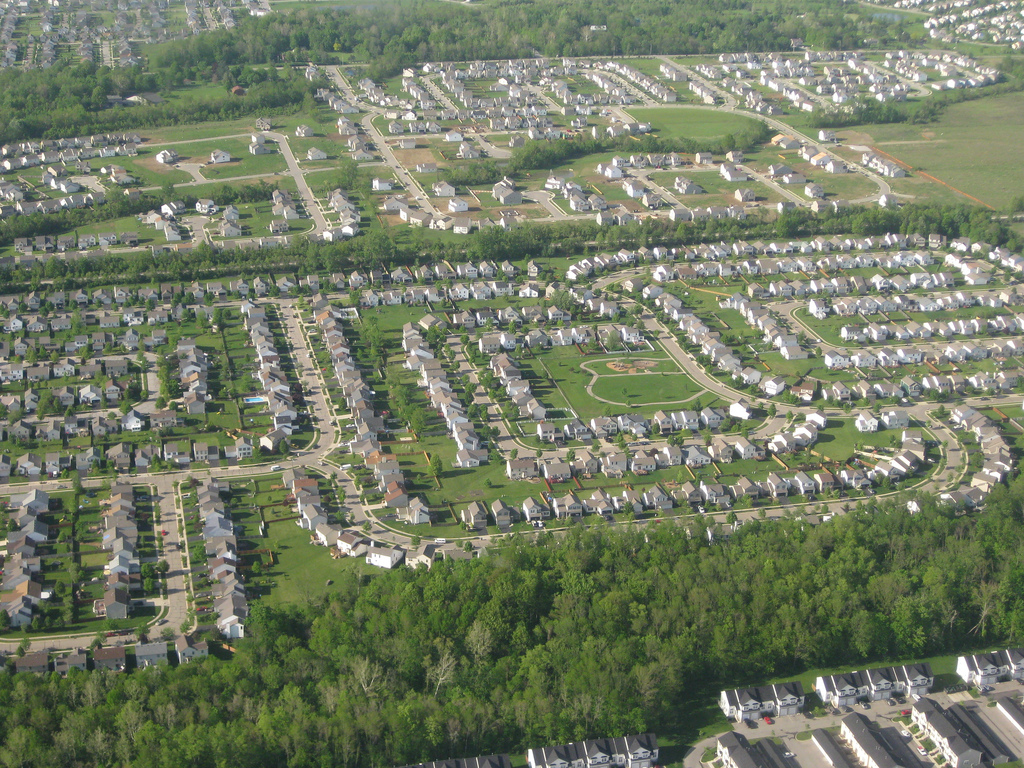
Millennials are reinventing the way we access property. In the United States, the 1960s fantasy of the white picket fence in the suburbs is long out of date. Same goes in the United Kingdom or even in Australia: no previous generation has eschewed property ownership like Millennials. Financial constraints on younger generations provide one reason for this, but that’s not all! Millennials are also more inclined to travel and put off owning property for later, or even never. This is due in part to the rise of the “XaaS” (Everything as a Service) generation, which sees housing as just another service, as well as other changes in society — today’s young people are waiting longer to marry and have their first child. And when Millennials do decide to buy property, they typically want to transform their living space: making it more eco-friendly, less car-dependent and more tech-heavy.
Mobility: Paris opens the door to integrated mobility
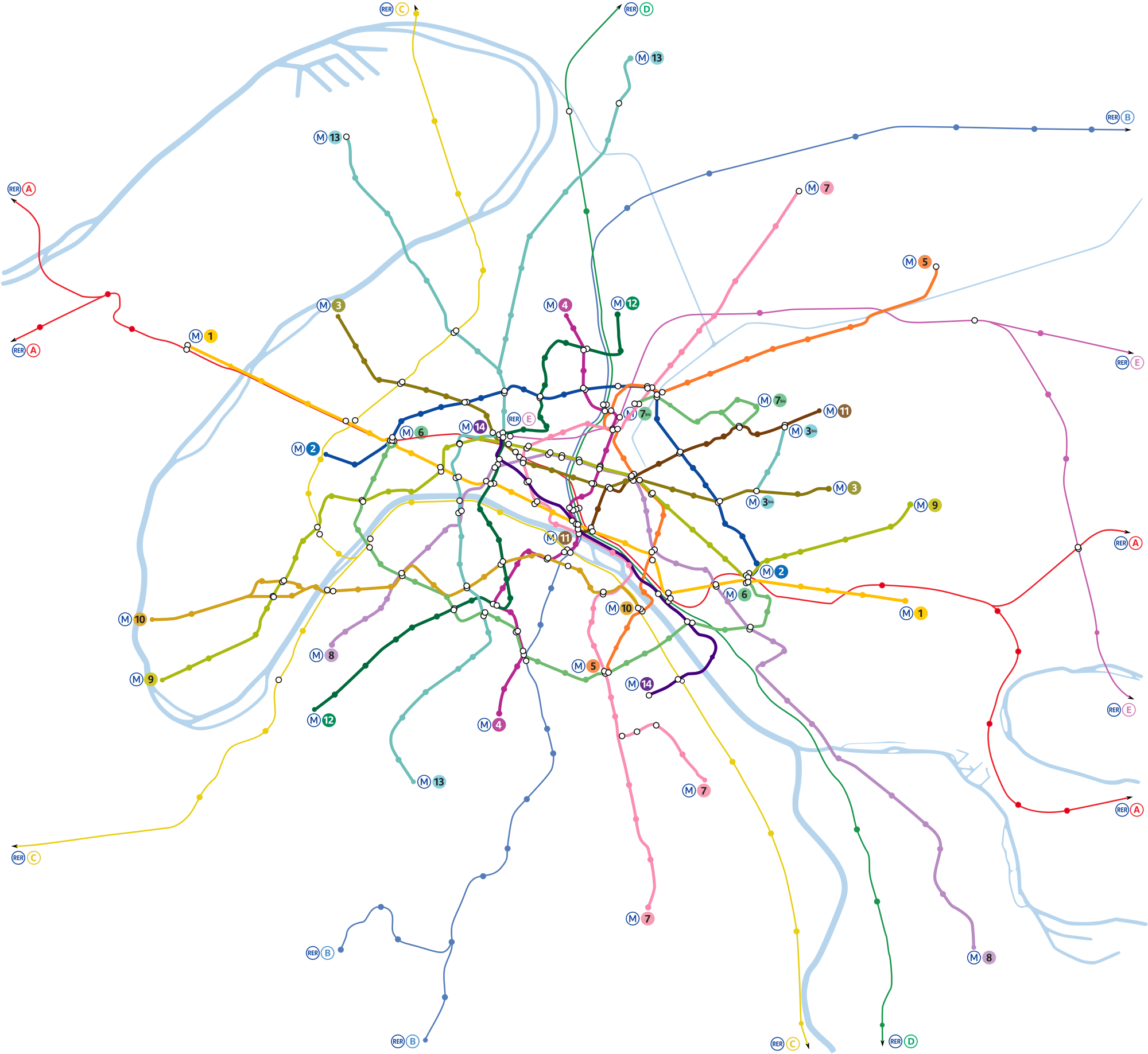
The French capital is competing to define the future of transport. The revolution in urban mobility has already begun — in Finland. With the transport app it has rolled out in Helsinki, the startup Whim is pioneering“mobility-as-a-service”. Combining public and private transport into a single interface, the service includes buses, taxis, carpooling and self-service bikes in its itineraries, with the possibility of paying for transit options directly within the app, either per ride or with a transit pass. This tour de force has enabled Whim to become the “Netflix of transport” and select several cities for its expansion into international markets. In 2018, Paris may become one of these target cities. Especially since a report by BCG, in collaboration with public and private sector players, underlined the strong potential of the French capital to innovate and invent the future of mobility, as it gears up for the 2024 Olympic Games.
Smart City: Citizens take back the keys to the Smart City
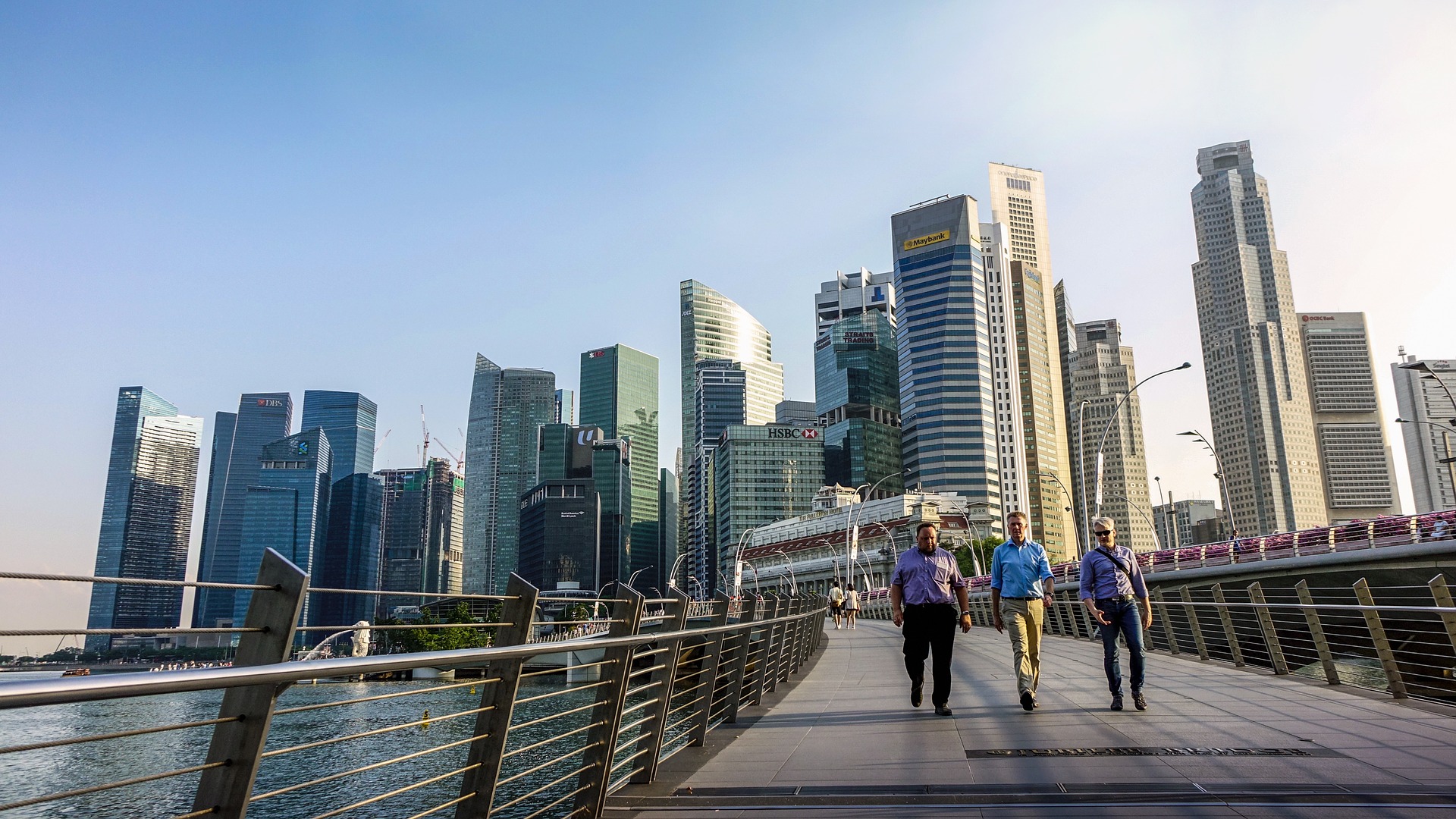
The city of tomorrow will shift its focus back to people. Now that many of the world’s cities have begun their digital revolution, the input of their citizens has become more essential than ever to this transformation. Singapore, which has already shown its ambition to become the first “smart nation”, offers a telling example. While the proactive approach of the city-state’s authorities has earned its distinction as one of the most advanced smart cities, Singapore’s technocentric approach is starting to show its limitations. For example, its rushed deployment of certain AI and IoT technologies has stalled in the face of low adoption by residents. For other cities committed to the same path, Singapore’s example underlines the importance of placing their citizens at the center of this transformation and the need to design a smart region based on the needs and uses of its residents.
Urban resilience: Twenty violent earthquakes will rattle the planet
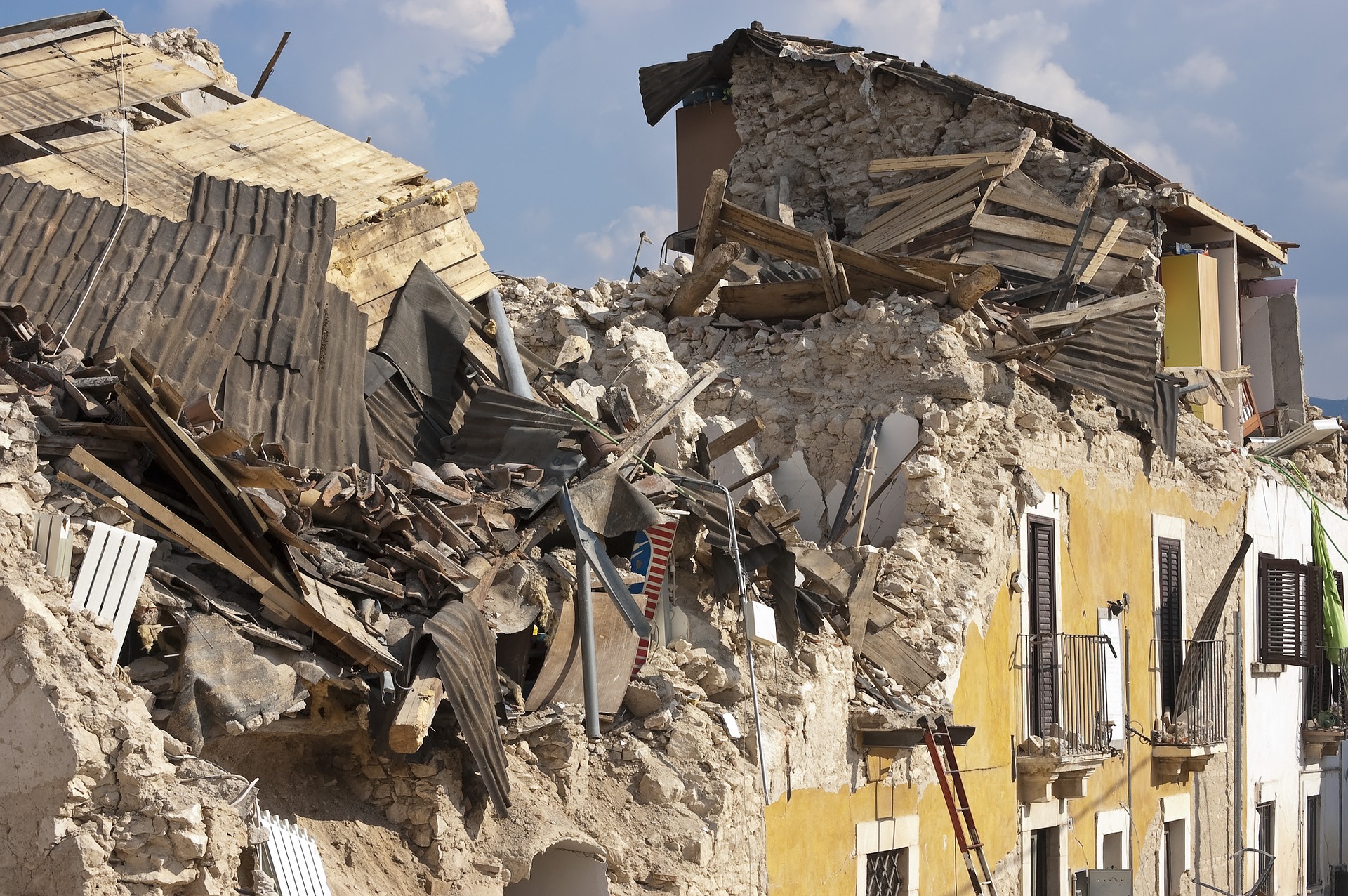
Cities will ramp up efforts to become more resilient. According to a study published in Geophysical Research Letters, variations in the speed of Earth’s rotation will trigger an upsurge in seismic activity in 2018. In previous decades, the Earth saw an average of 15 major earthquakes per year. But geologists now anticipate at least 20 major earthquakes to hit the planet next year. Cities, already vulnerable to extreme climate events, have no choice but to take action to boost their resilience.
Work: IoT and wearables will form a happy couple

The construction sector will take an interest in wearables. Though the “wearables” industry has so far failed to promote clothing or accessories that integrate IT and electronic components, a new approach is now poised to win over professionals committed to improving productivity, safety and risk management on construction sites. While integrating IoT into wearable technologies promises to reduce accident risk by utilizing GPS data and biometric or environmental sensors, it has also raised concerns about the malicious use of the data it collects. Manufacturers have already taken these data usage issues into account, by offering equipment that disconnects automatically when workers leave the construction site. Another strong argument is that this technology can make work less strenuous, with sensors that sounds alerts when a load is too heavy for the person to carry. IoT’s use in construction also shows how collecting data on worksites can advance another revolution currently underway: the deployment of BIM platforms.
This article appeared in Leonard’s Newsletter, the platform powered by VINCI which aims to identify the services, facilities and infrastructure of tomorrow.
We share our news and best reads by email every fortnight, subscribe here.

